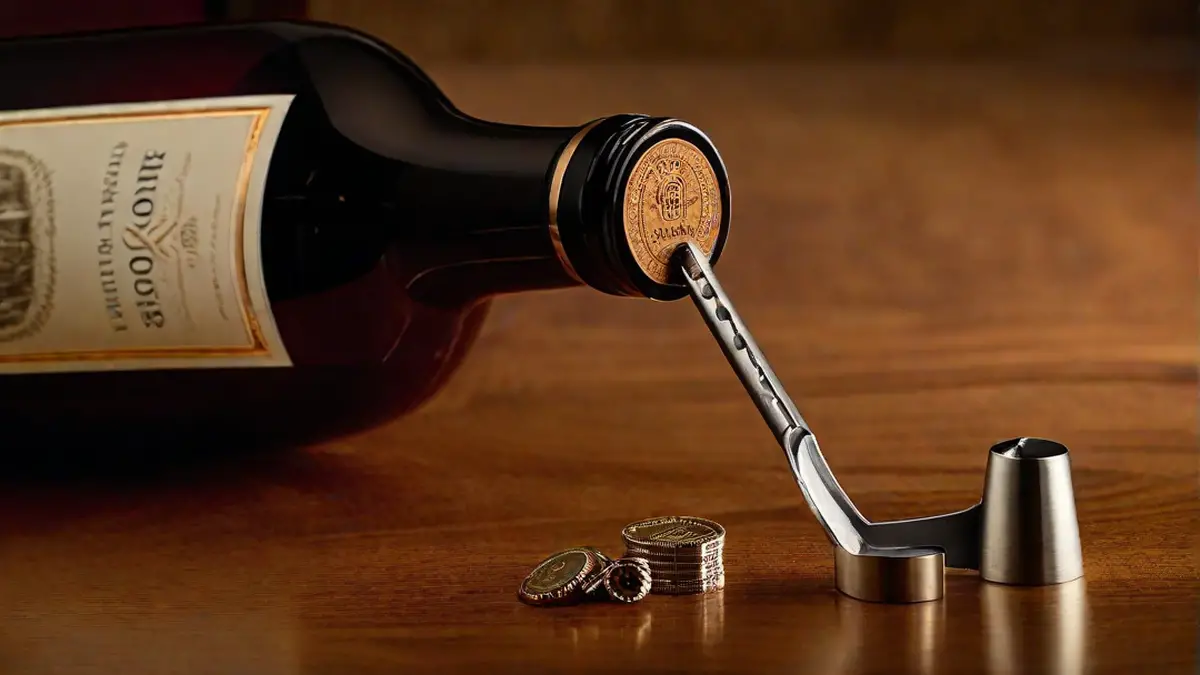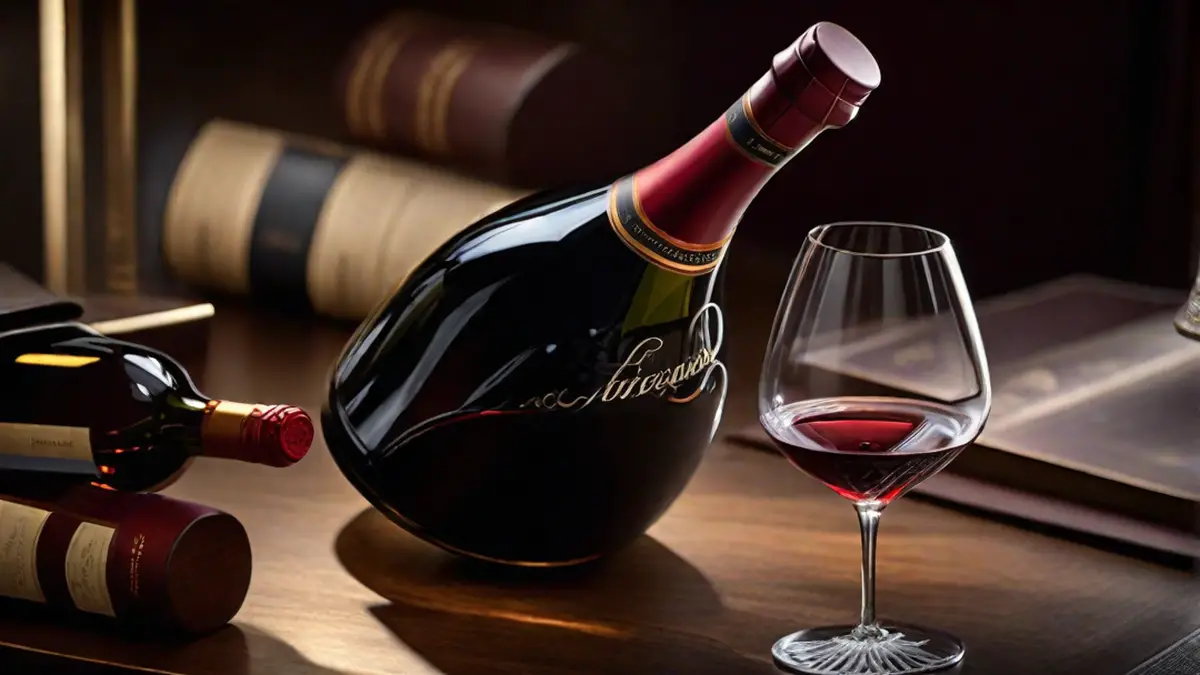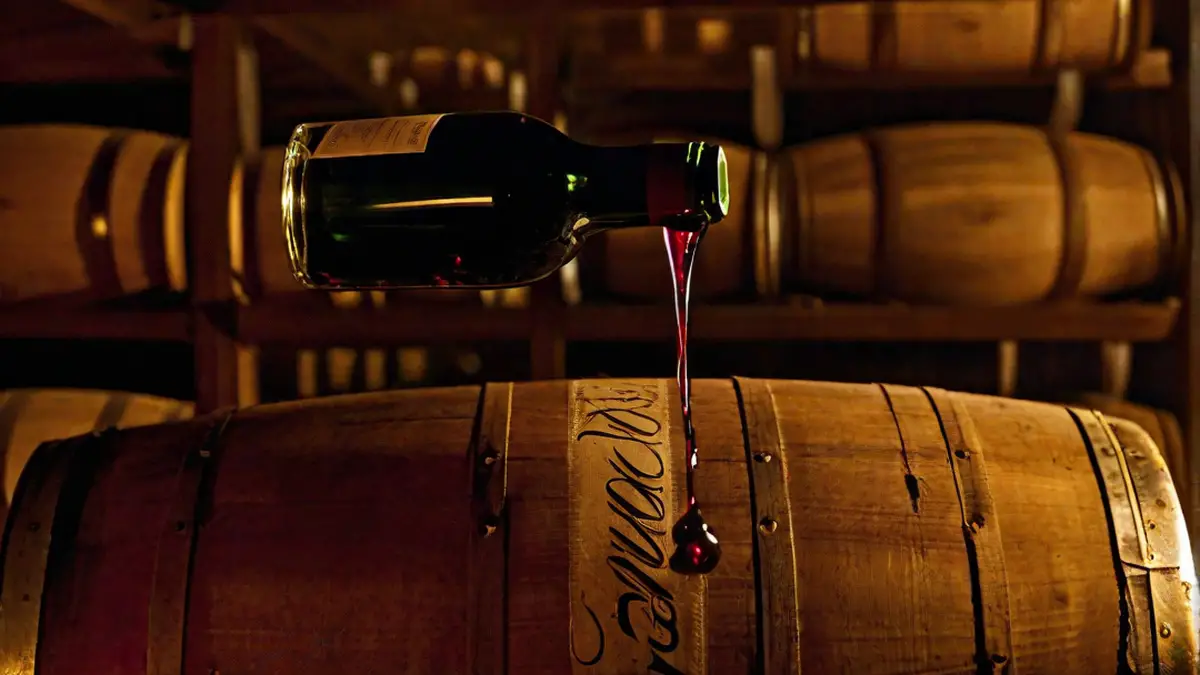Have you ever opened a bottle of wine, enjoyed a glass or two, and then wondered if the rest of the bottle will go bad? As a wine enthusiast, I’ve often found myself in this predicament. In this article, I will explore the question: do wines go bad after opening? Join me as we delve into the fascinating world of wine preservation.
Understanding Wine Spoilage
Before we can answer the question at hand, let’s first understand why and how wine can spoil. Wine is a delicate balance of alcohol, acidity, and compounds that give it its unique flavors and aromas. When exposed to air, wine begins to undergo chemical changes that can alter its taste and aroma.
The primary culprit for wine spoilage is oxygen. When a bottle of wine is opened, oxygen comes into contact with the liquid, triggering a series of reactions that can lead to oxidation. Oxidation can cause the wine to lose its freshness, develop off-flavors, and eventually turn into vinegar.
Another factor that can contribute to wine spoilage is microbial activity. Yeast and bacteria present in the environment can find their way into an open bottle of wine and start fermenting the residual sugars. This can lead to the production of undesirable flavors and even cause the wine to become fizzy or cloudy.
Wine Preservation Techniques
Now that we understand how and why wine can spoil, let’s discuss some techniques to prevent or minimize spoilage after opening a bottle:
- Refrigeration: Storing opened wine in the refrigerator can slow down the oxidation process. However, keep in mind that refrigeration can also dull the flavors and aromas of some wines, so it’s best suited for white wines, rosés, and lighter reds.
- Vacuum Sealing: Using a vacuum pump to remove excess air from the bottle can help slow down oxidation. This method is particularly useful for preserving red wines that are more prone to oxidation.
- Inert Gas Sprays: Inert gases like argon or nitrogen can be sprayed into an opened bottle to create a protective layer between the wine and oxygen. This technique is commonly used in wine bars and restaurants.
- Transfer to Smaller Bottles: Transferring the remaining wine into smaller bottles reduces the surface area exposed to air, minimizing oxidation. You can use clean glass bottles with screw caps or invest in wine preservation systems that come with specialized stoppers.
Signs of Wine Spoilage
Despite our best efforts, there may be instances where wine still goes bad after opening. Here are some signs to look out for:
- Vinegar-like smell: If your wine smells like vinegar or has a sharp, sour aroma, it has likely turned into vinegar due to prolonged exposure to oxygen.
- Off-flavors: Wine that tastes dull, flat, or excessively tart may have undergone oxidation or microbial spoilage.
- Fizziness or cloudiness: If your wine is unexpectedly fizzy or appears cloudy, it could indicate the presence of unwanted yeast or bacteria.
Conclusion
So, do wines go bad after opening? The answer is yes, but it depends on various factors such as the type of wine, storage conditions, and preservation techniques employed. While it’s true that wine is generally best enjoyed when fresh, there are ways to prolong its shelf life and prevent spoilage.
As a wine lover, I’ve come to appreciate the importance of proper wine storage and preservation methods. By understanding the science behind wine spoilage and implementing the right techniques, we can extend the enjoyment of a bottle beyond its initial opening. Cheers to preserving the flavors and aromas of our favorite wines!



